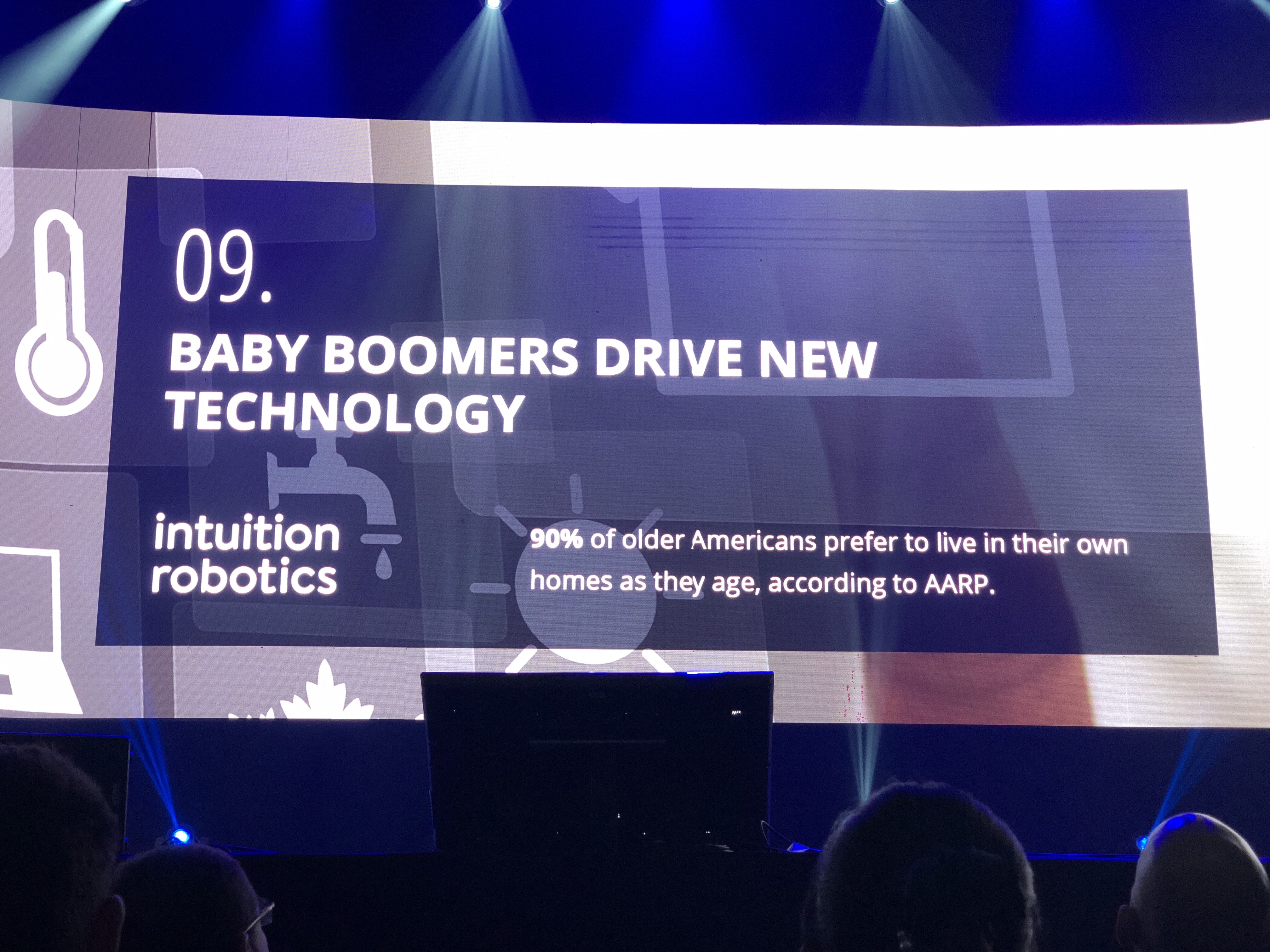Stuart and I have just returned from the Our Crowd Global Investor Summit in Israel where one of the presentations outlined the Top Ten Tech Trends for 2018. The Summit is the biggest equity crowd funding event in the world, and these trends flag potential investment opportunities to be aware of. Here’s my post outlining last year’s trends which were pretty much on the money, so I thought I’d again share this years and some thoughts on each.

At first pass number 1 might seem a bit of a surprise, but not when you consider the enormous cost ramifications that reducing construction errors can deliver. The convergence of a couple of other key technologies has enabled a huge shift in how construction projects can be managed and monitored, with drones capturing real time build imagery and overlaying it onto plans using AR to deliver quick identification and rectification of issues. Watch out for an increasing number of drones buzzing around building sites near you to see this trend in action.

A lot has been written about the opportunities delivered by the increasing accessibility of quantum computing, but the flip side of that is the additional level of risk created by hackers also having access to those same powerful tools. For businesses already grappling with their cybersecurity risk mitigation strategies the problem is only going to intensify, so companies who understand this space are going to be increasingly valuable additions to the overall security landscape.

One of the fascinating things about new technologies is the way that each major advance creates others in its wake. The inevitable progression towards driverless cars is now an accepted reality, but it’s also becoming apparent that there is a corresponding need for support systems which allow humans to remotely control autonomous vehicles in the event of unforeseen circumstances such as major weather events or traffic incidents. A whole new crop of start ups is emerging to meet this new market need.

Blue collar jobs have long been considered to be those most at risk from computers and technology advances, but the increasing uptake of AI systems means white collar jobs are now also under increasing threat. How can this human capital be effectively redeployed into value creation roles as traditional workloads are automated? Companies who bring an early focus to identify these opportunities and find new ways of utilising the experience and knowledge that humans bring to the table will be ahead of the curve, which I see as a daily reality via my role as chair of FlamingoAI.

2017 saw an enormous shift in the way the general population views cryptocurrency. It moved from being a little understand concept almost solely in the domain of techies to regular dinner party conversation, but all of the currently available cryptocurrencies are limited by transactional capacity restrictions when compared with standard credit card or banking payment options. As the tech is developed to address this, expect cryptocurrency transactions to scale enormously. I’m still watching from the sidelines at this stage, but can see it won’t be long before the temptation of adding a digital wallet to my virtual handbag is too great to resist.

With livestock farming occupying 45% of the global surface and estimated to be responsible for half of global greenhouse gas emissions, meat grown in labs doesn’t have anywhere near the equivalent environmental impact. Expect to see an increasing number of plant based ‘meat’ products entering the market and becoming a much more regular feature in household meals as taste and palatability increases exponentially. As the daughter of a beef farmer I don’t know that I’ll ever be able to make the full switch, but I’m prepared to make some space on my plate and try some of these new alternatives.

Data privacy has been a well identified business risk for an extended time now, but to date penalties for breaches have largely been handed down via market response. With governments now handing down their own big ticket fines to companies who violate consumer privacy, the cost equation around cybersecurity systems which protect, monitor, and alert against breaches is shifting in a big way.

Advances in gene sequencing, the increasing availability of compute power and AI driven data analytics are changing the game in terms of how medicine can truly be personalised. While it will be a while before your standard run of the mill medicines are impacted, high cost drugs which target identifiable bio markers will increasingly require digital validation of their likely impact before their prescription is filled. Definitely an area of intense interest for us as cancer care is one of the sectors with high potential application.

A combination of both interactive and unobtrusive sensors and monitoring devices will increasingly allow seniors to live independently at home for longer. With the cost of residential care growing and increased life expectancies creating an ever escalating demand, technology that keeps people at home in safe and secure environments is definitely going to continue to be a hot space. This was the driver behind our development of APHS Packaging (now DoseAid) all those years ago, so no surprises for us here!

Much has been said about the threat online sales pose to bricks and mortar retailers but the reality is that while the online category is definitely growing, the vast majority of retail sales still happen offline. Bricks and mortar retailers have been watching and learning, and are now taking the best of the online experience and incorporating it into their physical spaces. Expect to see a lot more screens and interactivity coming soon to a store near you as the two worlds merge.
A big thanks to Eli Nir and Stav Erez for a great presentation and some fascinating food for thought around where opportunities lie in the coming year.
